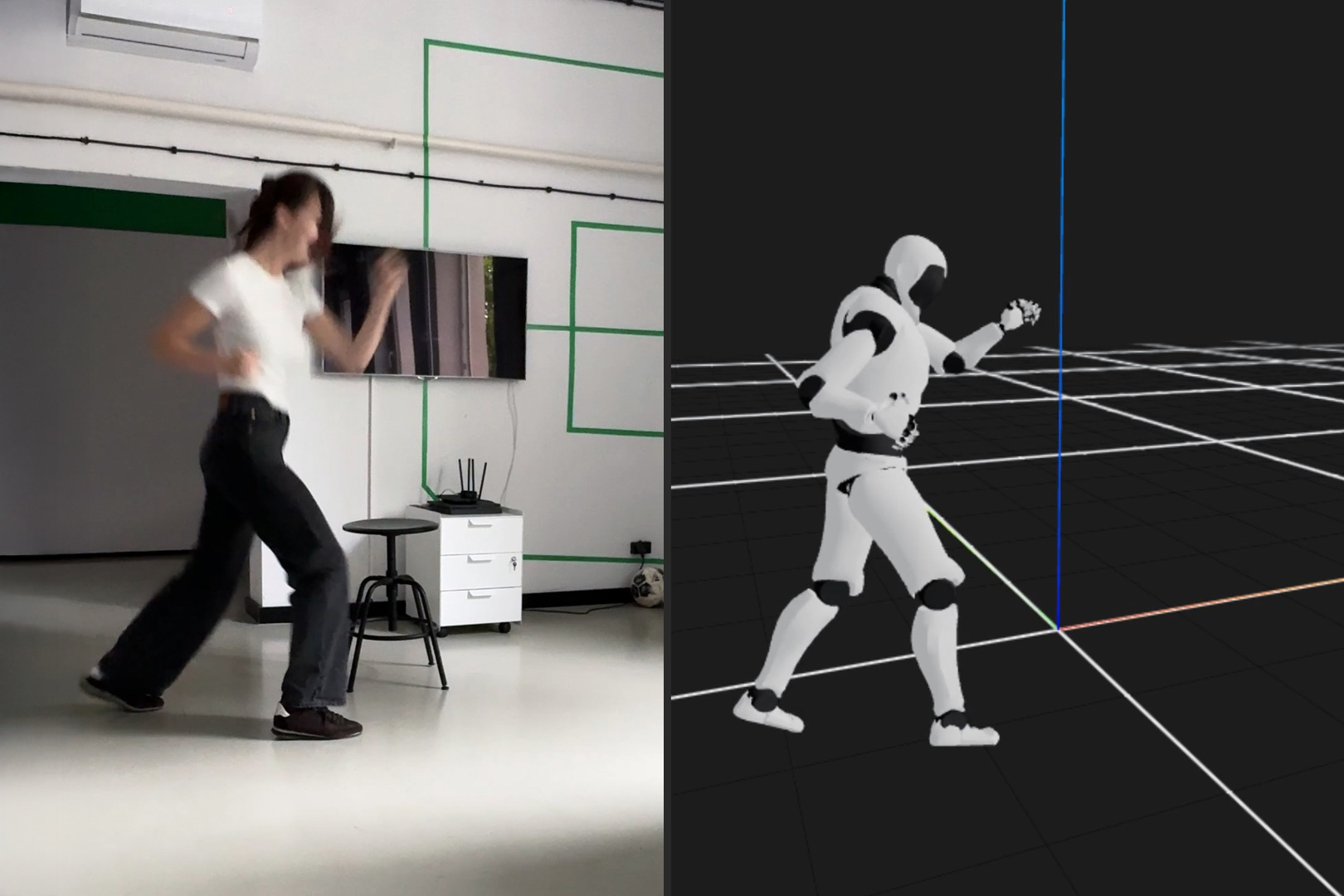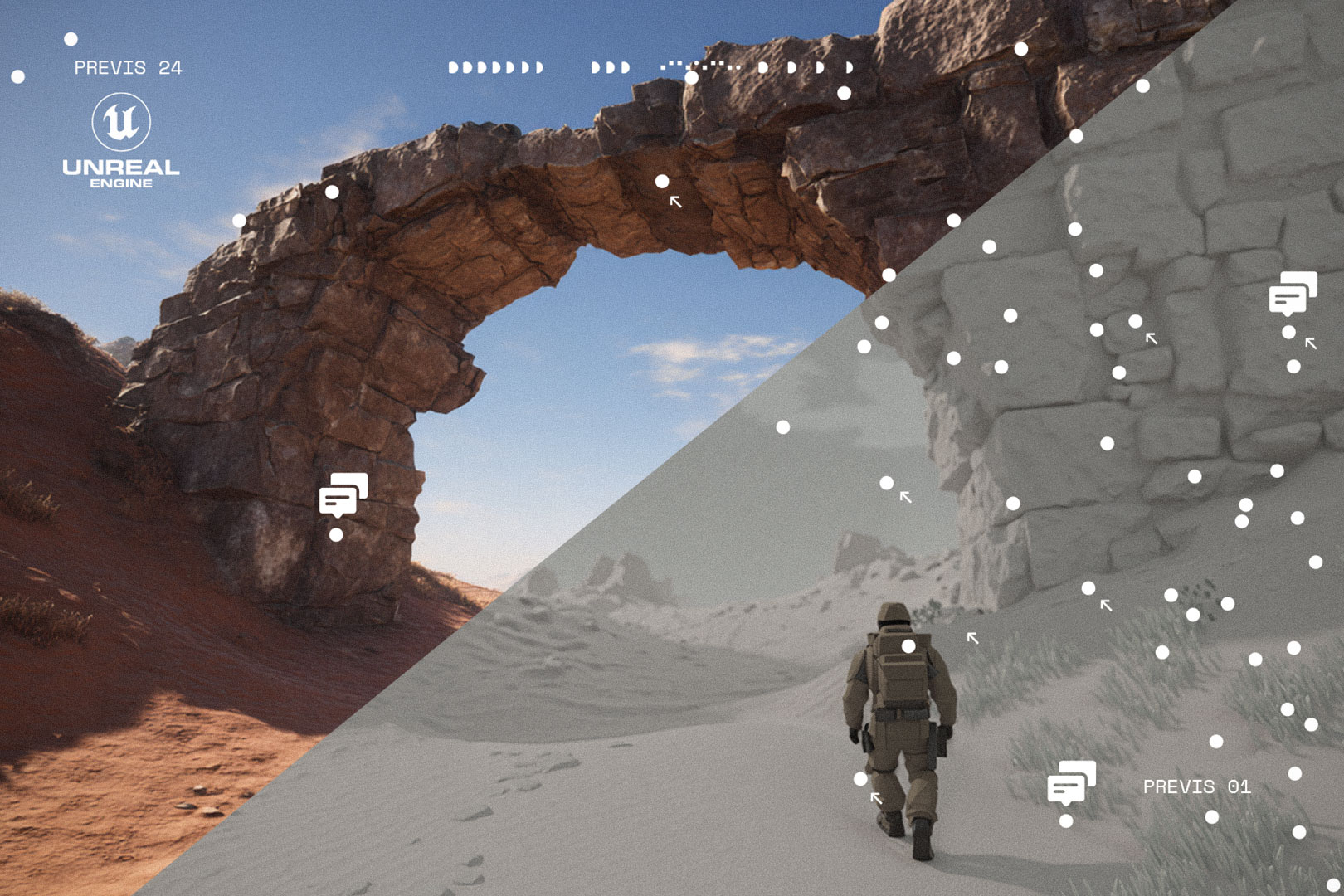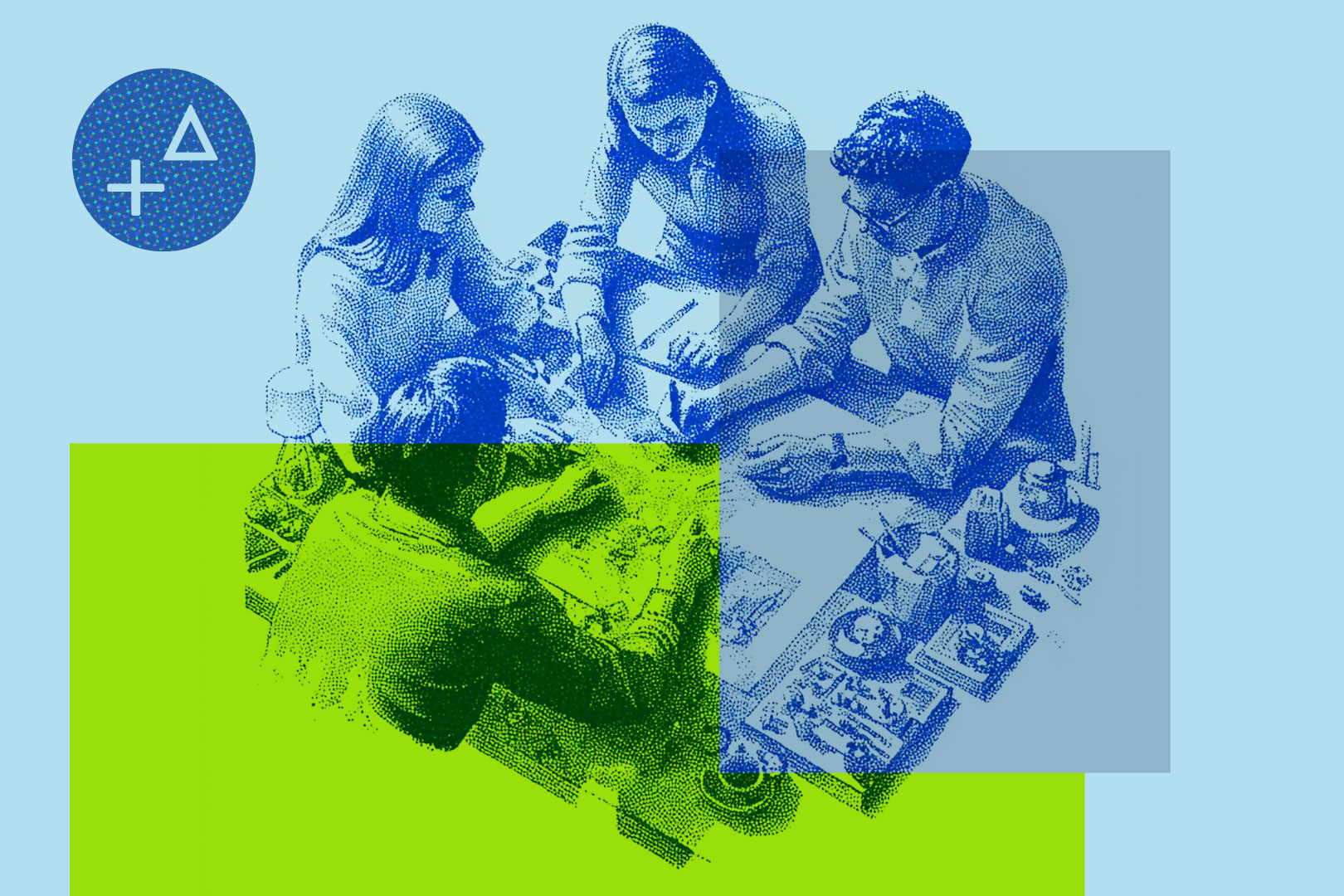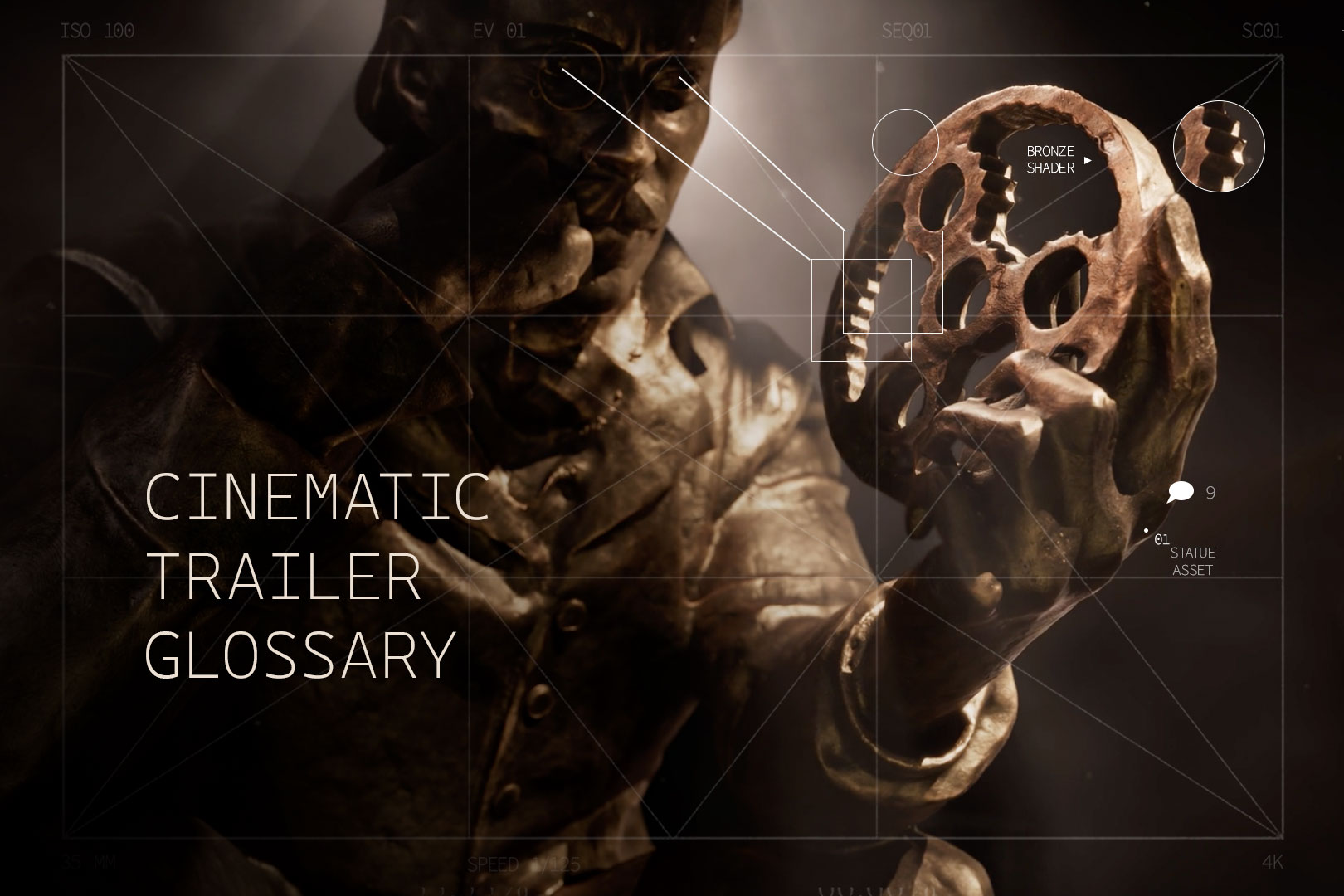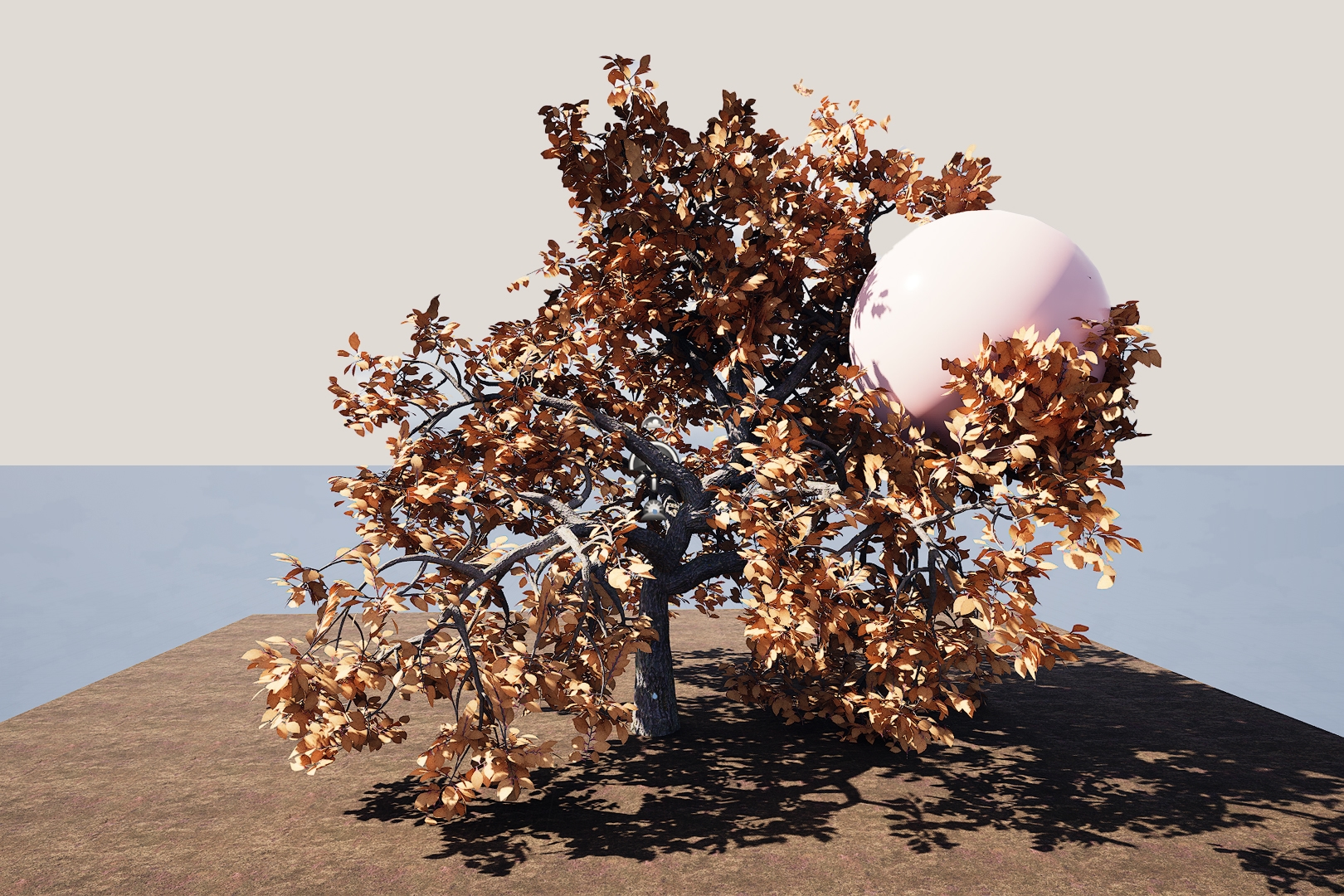If you've watched a movie or TV show in the past few years, there's a good chance it was shot with virtual production techniques. In this post, we'll cover how this technology is transforming the film and TV industry, explain how it works, and highlight its benefits.
Virtual production is transforming the production process in real-time
It is a way of working that allows you to create a virtual set or environment, build your story and shoot all in one place. It’s fast, becoming the preferred approach for many productions because it saves time and resources on set. Virtual sets and environments can be created using software like Unreal Engine.
How does it work?
Virtual production is a term used to describe a production workflow that uses computer-generated imagery (CGI) to create the appearance of a real-world environment. A virtual production workflow involves the use of CGI in combination with live action to create virtual sets, which are then used to shoot actors and scenes for a film or television program.
Virtual sets are created using 3D software, meaning that they are not real locations, but digital renderings created from scratch inside an Unreal Engine. The process could start by capturing images of actual physical locations worldwide—called photogrammetry—before creating 3D models based on these photos, which can then be manipulated into different sizes and shapes depending on what’s needed for the scene at hand.
Virtual production workflows
Workflows are a common example of efficient, scalable management. When working with a virtual set, the director can adjust the scene in real-time by simply pressing keys on the keyboard to change lighting, camera position, and zoom level. This gives them total control over how they see their actors within the environment.
Virtual sets are also used extensively in pre-visualization (or "previs" for short). The purpose of previs is to plan out action sequences before filming begins; it involves creating an animated version of what will happen on set so that filmmakers know exactly how each shot should look before even setting foot in front of their cameras.
This allows directors to experiment with different shots at no cost or risk; if something doesn't work out as planned during previs, then no one's time gets wasted!
Is Virtual production right for your project?
Many directors are turning to virtual production because of its many benefits. This technology is a great way to bring your project to life. It's fast, efficient, and cost-effective.
This can be a powerful tool for bringing a creative vision to life, but it may not be suitable for all projects. Here are some factors to consider when deciding if virtual production is right for your project:
- Budget: Virtual production may be more cost-effective in the long run, but it may require a larger upfront investment in technology and infrastructure.
- Time Constraints: Virtual production can save time on set, but may require more pre-production planning.
- Creative Vision: Virtual production can offer a wide range of creative possibilities, but it may not be suitable for projects requiring a more realistic or naturalistic look.
- Talent and Crew: Virtual productions require different skill sets and workflows than traditional productions, so new crew members or retraining of existing staff may be needed.
In general, it is important to weigh the benefits and limitations of virtual production against the specific needs and goals of the project. It may be worth considering if you are looking for a more efficient, flexible, and cost-effective way to achieve your creative vision.
Virtual production is perfect for your project if you have many locations, but little time to visit them.
It's great to save money on travel and set design costs. In Unreal Engine, the only limitation is your imagination, so you can create a digital twin of every city and place in the world (or outside the world!) without having to travel. Furthermore, you have full control over lighting and weather. No more waiting for that time of the day to shoot one scene!
An environmentally friendly way to produce
As a society, we need to be more eco. Virtual production is a way of producing that uses the power of technology to reduce the environmental impact. It uses computer modeling to create products, rather than physical models. This reduces the amount of material used in the production process, which reduces waste and pollution.
Also, not having to travel during production time helps reduce the carbon footprint, the planet and money are saved at the same time!
Benefits
In the past, film and television productions were constrained by the need to physically build sets and head to locations. However, virtual production has opened up a whole new world of possibilities. By using digital environments and technologies, productions can now create incredible worlds that would be impossible or prohibitively expensive to recreate in real life. Additionally, virtual production techniques can save time and money by allowing productions to plan and experiment with different looks and scenarios before committing to a physical build.
As a result, virtual production is becoming increasingly popular in the entertainment industry, offering a versatile and cost-effective way to bring stories to life.
That means:
- More creative freedom
- More collaboration
- More efficient
- More cost-effective
- More immersive and flexible production
Conclusion
Virtual production is the future of filmmaking, and it’s a lot closer than we think. The technology is already here, and it will only get better as time goes on. It’s exciting to think about what will be possible once virtual sets are used more frequently in mainstream productions—there are endless possibilities for creativity and collaboration!


